Sourdough Coil Fold vs Stretch and Fold: Which Technique is Better?
This post may contain affiliate links.
Let's explore the techniques of sourdough coil fold vs stretch and fold. These folding techniques are both methods of developing the gluten in sourdough bread. They are performed instead of kneading when making sourdough.
You could also choose to use both techniques to develop the gluten. Gluten development is super important when it comes to sourdough bread because the gluten network holds all the Co2 produced by your wild yeast and also stops the dough sticking to your bannetons.
Check out this comprehensive sourdough glossary for more sourdough bread explanations.
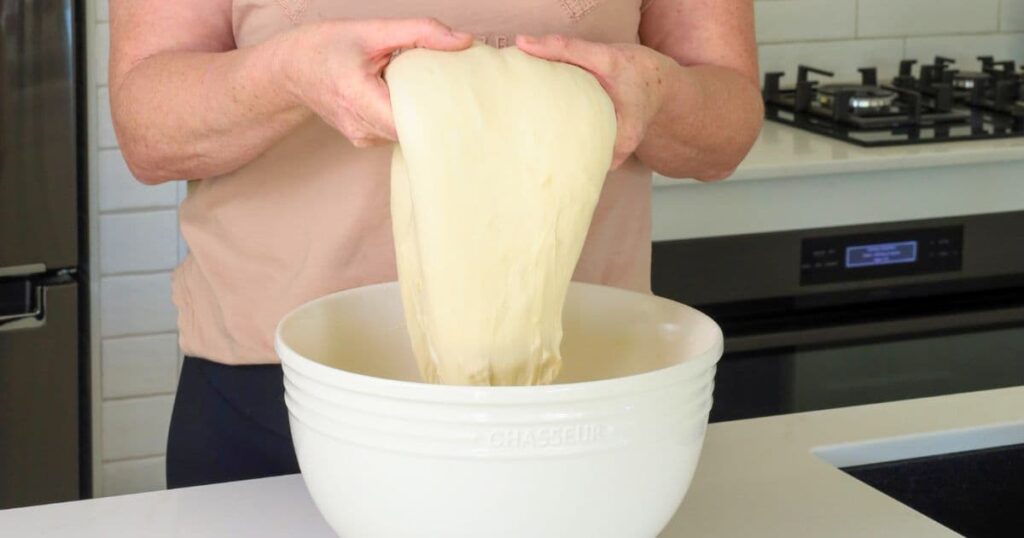
How to Coil Fold Sourdough?
Sourdough coil folds are a folding technique used to develop gluten in a gentle manner. Coil folds are more likely to be performed on higher hydration dough.
Here's how to perform a coil fold:
- Gently loosen the edges of the dough by pulling it away from the sides of the bowl.
- Place your fingertips under the dough, so that you can pick it up in the middle.
- Allow the dough to fall using its own weight, while you support the middle.
- Turn the bowl 90 degrees and repeat so you will perform 2 coil folds per set.
Here's a video to help you to understand the process more easily:
How to Stretch & Fold Sourdough
Stretching and folding sourdough is another technique for developing gluten. It is perhaps the most common technique and the technique I use in my simple sourdough recipe.
Stretch and folds can be done in a bowl or with the dough flipped out onto the counter top.
They are sometimes referred to as stretch and pulls or folding but all basically refer to the same technique.
Here's how to stretch and fold sourdough:
- Decide whether you will perform your stretch and folds in the bowl or on the counter. If you are going to do them on your counter, gently flip the dough out so the less sticky side is on the bottom (counter side).
- Lightly wet your hands before proceeding as it will make it easier to handle the dough.
- Work you way around the dough like you are looking at clock - you want to perform a fold at 12, 3, 6 and 9 o'clock.
- Pull the dough up and over to the other side of the bowl.
- Repeat 4 times as you move around the dough.
- You will feel the dough strengthen as the gluten tightens.
Can you over fold sourdough?
You can over fold sourdough. Whatever folding technique you choose should gently build up the gluten network. Once the gluten network has formed, over handling the dough can cause this network to break down.
You really only need to handle sourdough minimally.
Each set of stretch and folds should consist of 4 stretches and folds. You should aim to do around 4 to 6 sets, but you may need less depending on the dough strength.
Is Coil Folding Better Than Lamination?
There really is no "better than" when it comes to developing gluten in sourdough bread.
Coil folds can be used in conjunction with sourdough lamination to develop a strong gluten network.
If you are wanting to add flavors to your sourdough, you could perform 1 or 2 coil folds and then perform lamination towards the end of your bulk ferment to add flavors. You can use coil folds alone, or use them alongside lamination. You can read about the difference between bulk fermentation and cold fermentation.
What Is The Difference Between Coil Fold & Stretch And Fold?
Stretch and folds are great to use in a basic sourdough recipe and definitely at the beginning of any sourdough recipe. On the other hand, coil folds are much more gentle and are better suited to the end of stretching and folding or even during the bulk fermentation stage.
This can be necessary for dough that isn't developing gluten in a normal way or for really high hydration dough that needs a little extra development before shaping.
Coil folds are often used in higher hydration dough in the quest for a more open crumb.
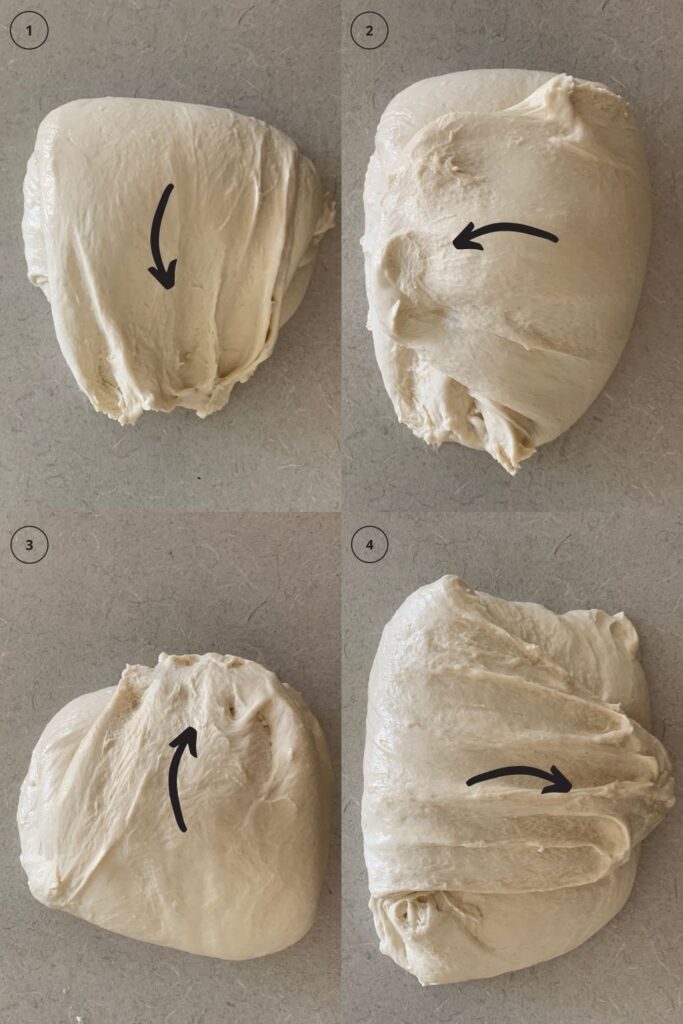
When To Use Coil Folds vs Stretch and Folds
Ok, so now we understand what coil folds are, let's explore when you would use them.
Stretch & Folds:
- Stretch and folds will work with most dough types, from lower to higher hydration.
- You can use them to add in flavors and other ingredients.
- Can be difficult to do with particularly wet and sticky dough.
Coil Folds:
- Coil folds will work better with higher hydration dough made with bread flour rather than all purpose flour.
- You cannot use them to add in flavors and other ingredients.
- Can build dough strength in particularly wet and sticky dough.
- Great for using in conjunction with lamination for high hydration doughs.
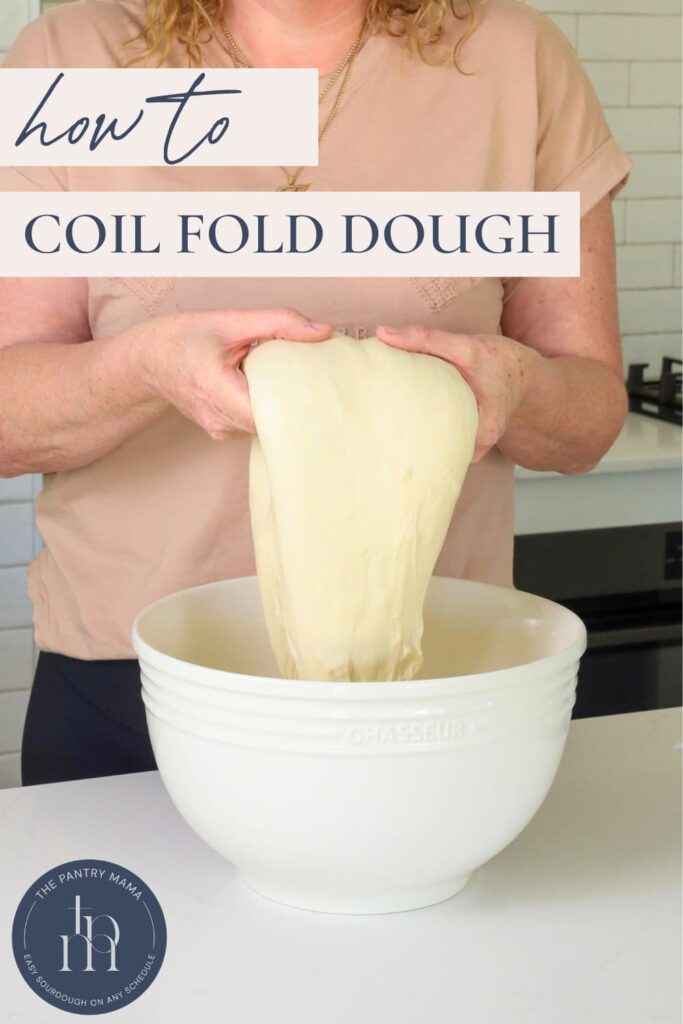
Frequently Asked Questions
Coil folds are better suited to higher hydration dough. You will find it hard to perform coil folds on a lower hydration dough because it won't have the elasticity necessary for the dough to fall under it's own weight.
Generally 4 to 6 sets of stretch and folds should be sufficient (4 folds in each set). Similarly, 4 to 6 coil folds should be enough to develop the gluten in a higher hydration dough.
No, you don't use coil folds to shape sourdough. Coil folds are used to develop gluten in sourdough thereby strengthening the dough.
It honestly doesn't matter. It can be less messy to do it in the bowl as any dough residue stays contained. However, some people like to tip the dough out on the counter. It's important not to flour the surface when you are performing stretch and folds as this will alter the hydration of your dough. Lightly wetting your fingers (and the counter top) can help - but again, be careful not to use too much water as this will also alter the hydration of your dough

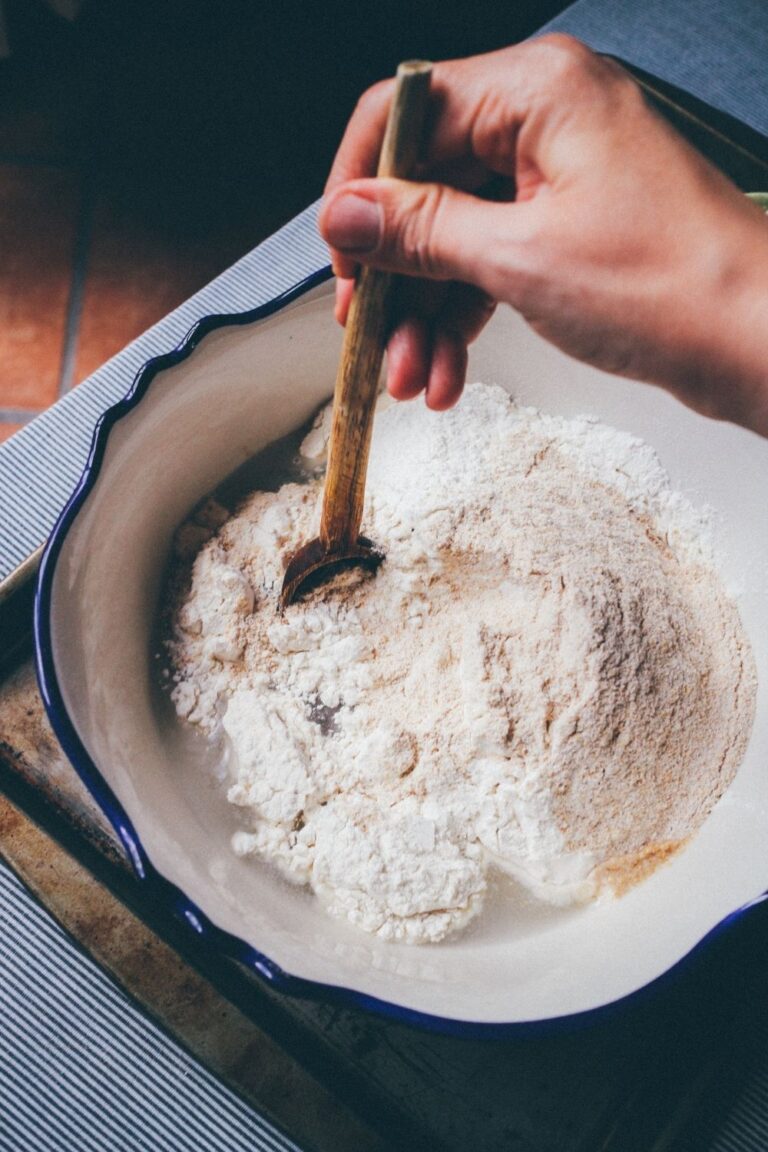

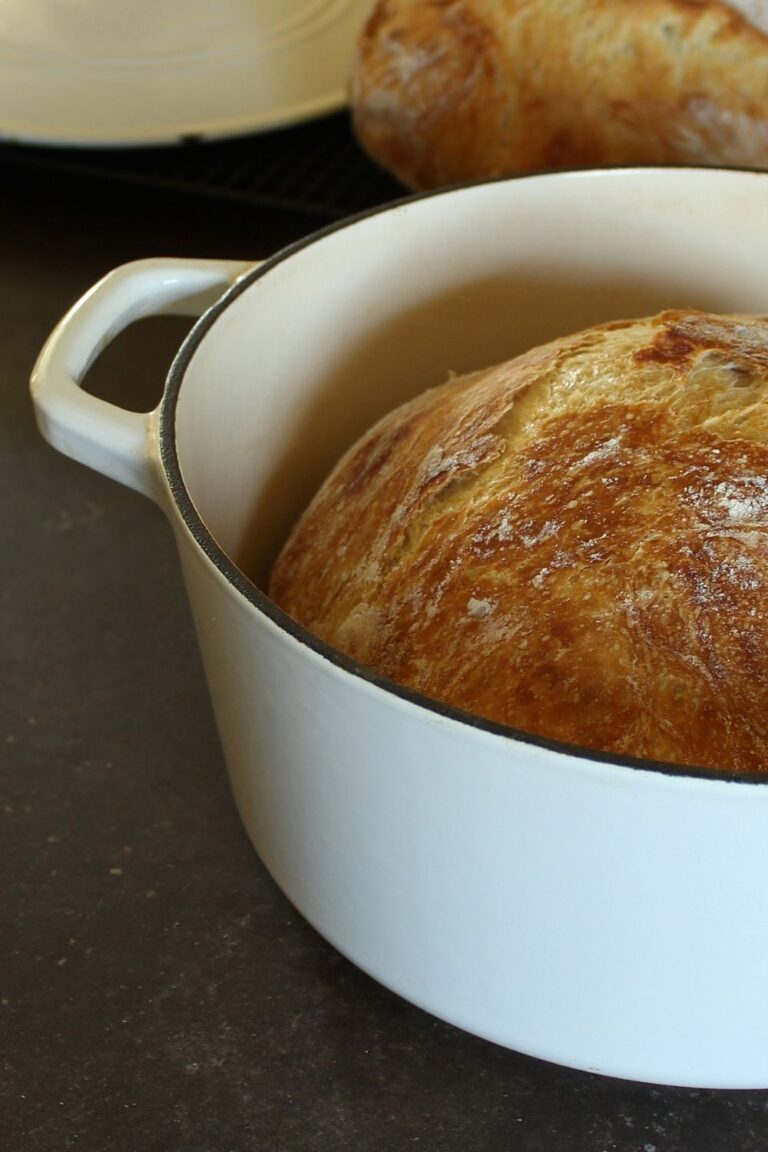
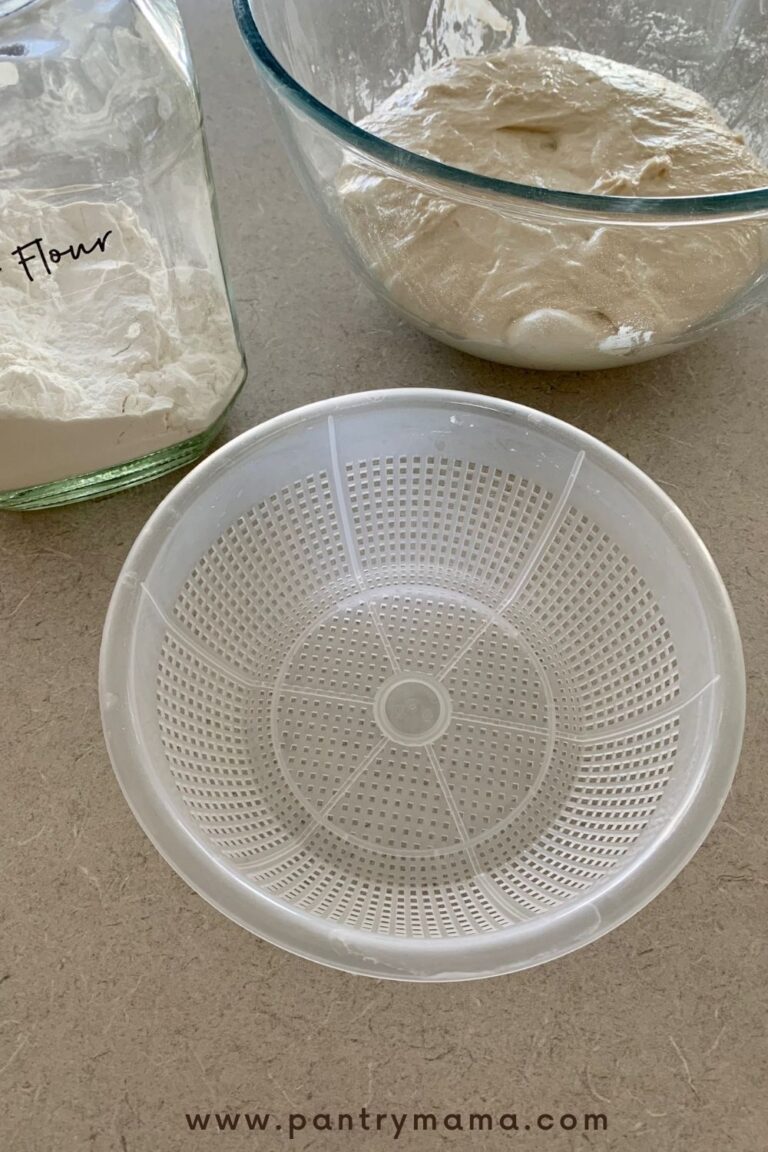

When do you start keeping track of dough increasing in size? The minute you add starter and salt or after the folds ? I’m told to wait until it doubles
Do you you have the the book in hard back, I don't have the room on phone for an e bookr
As you mentioned “ Once the gluten network has formed, over handling the dough can cause this network to break down.” By doing so, even with a proper fermentation timing, the sourdough will be flatten after baked.
I think the coil foil is like double the folds in stretch & fold.
I am guessing my sourdough was flatten due to I did coil fold overly that disturb the network.
Within 2 hrs, i am living in a humid n warmer place, I did 4 coils folds, thought it was good. I had baked nice open crumb sourdoughs before until recently failed a number of times.
Hi, I’ve been on the sourdough train for close on 11 months, enjoying the ride and loving the results good or bad! My one query is when doing stretch and folds how do I know when to stop, as in when enough is enough? Occasionally I’ve noticed my dough go from not so sticky to very sticky would that mean I’ve gone too far?
Many thanks, Peter
Question, how long do you rest the dough after the stretch and fold
There is no link to the video showing the coil fold.
Sorry, this has been corrected so you should be able to see the video now 🙂
Let me start by saying that my husband and I love your sourdough discard bread recipe. So quick and delicious.
I was wondering if you do stretch and folds or coil folds with the recipe? I’ve just been mixing the ingredients and leaving it sit until it’s ready to bake. I keep wondering if I should be doing more, even though it’s been working.
Thank you
I always do stretch and folds with my simple sourdough recipe 🙂